Effective labor rate
-
Available Subscriptions
-
Have you checked out Joe's Latest Blog?
-
By Joe Marconi in Joe's Blog0 commentsIt always amazes me when I hear about a technician who quits one repair shop to go work at another shop for less money. I know you have heard of this too, and you’ve probably asked yourself, “Can this be true? And Why?” The answer rests within the culture of the company. More specifically, the boss, manager, or a toxic work environment literally pushed the technician out the door.
While money and benefits tend to attract people to a company, it won’t keep them there. When a technician begins to look over the fence for greener grass, that is usually a sign that something is wrong within the workplace. It also means that his or her heart is probably already gone. If the issue is not resolved, no amount of money will keep that technician for the long term. The heart is always the first to leave. The last thing that leaves is the technician’s toolbox.
Shop owners: Focus more on employee retention than acquisition. This is not to say that you should not be constantly recruiting. You should. What it does means is that once you hire someone, your job isn’t over, that’s when it begins. Get to know your technicians. Build strong relationships. Have frequent one-on-ones. Engage in meaningful conversation. Find what truly motivates your technicians. You may be surprised that while money is a motivator, it’s usually not the prime motivator.
One last thing; the cost of technician turnover can be financially devastating. It also affects shop morale. Do all you can to create a workplace where technicians feel they are respected, recognized, and know that their work contributes to the overall success of the company. This will lead to improved morale and team spirit. Remember, when you see a technician’s toolbox rolling out of the bay on its way to another shop, the heart was most likely gone long before that.
-
-
Similar Topics
-
By Changing The Industry
Episode 211 - Trust, Ownership, and Ethical Sales with Kim and Brian Walker of Shop Marketing Pros
-
By carmcapriotto
The Weekly Blitz is brought to you by our friends over at Shop Marketing Pros. If you want to take your shop to the next level, you need great marketing. Shop Marketing Pros does top-tier marketing for top-tier shops.
Click here to learn more about Top Tier Marketing by Shop Marketing Pros and schedule a demo: https://shopmarketingpros.com/chris/
Check out their podcast here: https://autorepairmarketing.captivate.fm/
If you would like to join their private facebook group go here: https://www.facebook.com/groups/autorepairmarketingmastermind
SHOW NOTES
Throughout the episode, Coach Chris covers a range of pivotal topics that are crucial for business growth and sustainability. He discusses the potential benefits of real estate investments, drawing parallels to the Monopoly board where acquiring properties can lead to increased revenue and long-term financial gains. Additionally, he explores the concept of financial diversification, encouraging shop owners to explore various avenues for generating income beyond their core services.
A significant portion of the discussion is dedicated to the value of forming strategic partnerships and investing in employee development. Coach Chris emphasizes that nurturing relationships with other businesses and fostering a skilled workforce can lead to enhanced service offerings and a competitive edge in the market. He also highlights the critical role of cash flow management, advising shop owners on how to maintain a healthy financial status that supports both day-to-day operations and future growth initiatives.
Strategic expansion is another key theme, with Coach Chris providing insights on how to scale operations thoughtfully and sustainably. By aligning expansion efforts with clearly defined business objectives, shop owners can achieve financial stability and set the stage for long-term success.
Introduction and Overview (00:00:09)
Coach Chris Cotton introduces the podcast and its focus on auto repair business strategies.
Monopoly Metaphor (00:01:05)
Chris uses Monopoly to illustrate strategic business management and growth opportunities for shop owners.
Defining Your Business Size (00:02:03)
Discussion on ambitions regarding the size of the business—local, regional, or national expansion goals.
Opportunities for Growth (00:03:12)
Encouragement to view business opportunities as "squares" on a Monopoly board, representing growth potential.
Real Estate Investments (00:04:25)
The benefits of owning property, including passive income and stability for the auto repair business.
Diversification of Income Streams (00:05:28)
Exploration of additional income sources like storage facilities and rental properties to enhance financial security.
Financial Investments (00:06:41)
Importance of stocks and retirement accounts for long-term financial growth and stability beyond the auto industry.
Flexibility in Business Strategy (00:07:58)
The need for adaptability in response to unexpected challenges and opportunities in the business landscape.
Strategic Partnerships (00:08:41)
Value of collaborations with suppliers and other businesses to create growth opportunities and enhance profitability.
Employee Development (00:09:04)
Investing in team training and development as a critical factor for business success and employee retention.
Connect with Chris: chris autofixsos.com
Phone: 940.400.1008
www.autoshopcoaching.com
Facebook: https://www.facebook.com/
AutoFixAutoShopCo
Connect with Chris: chris autofixsos.com Phone: 940.400.1008 www.autoshopcoaching.com Facebook: https://www.facebook.com/ AutoFixAutoShopCoachingYoutube: https://bit.ly/3ClX0ae
www.autoshopcoaching.com
Facebook: https://www.facebook.com/ AutoFixAutoShopCoaching
Youtube: https://bit.ly/3ClX0ae
The Aftermarket Radio Network
Remarkable Results Radio Podcast with Carm Capriotto: Advancing the Aftermarket by Facilitating Wisdom Through Story Telling and Open Discussion
Diagnosing the Aftermarket A to Z with Matt Fanslow: From Diagnostics to Metallica and Mental Health, Matt Fanslow is Lifting the Hood on Life.
The Auto Repair Marketing Podcast with Kim and Brian Walker: Marketing Experts Brian & Kim Walker Work with Shop Owners to Take it to the Next Level.
The Weekly Blitz with Chris Cotton: Weekly Inspiration with Business Coach Chris Cotton from AutoFix - Auto Shop Coaching.
Business by the Numbers with Hunt Demarest: Understand the Numbers of Your Business with CPA Hunt Demarest.
Speak Up! Effective Communication with Craig O'Neill: Develop Interpersonal and Professional Communication Skills when Speaking to Audiences of Any Size.
To listen to more episodes, make sure and go over to iTunes and or Spotify.
Don't forget to rate and review us!
Connect with Chris:
AutoFix-Auto Shop Coaching
www.autoshopcoaching.com
www.aftermarketradionetwork.com
#autofixautoshopcoaching #autofixbeautofixing #autoshopprofits #autoshopprofit #autoshopprofitsfirst #autoshopleadership #autoshopmanagement #autorepairshopcoaching #autorepairshopconsulting #autorepairshoptraining #autorepairshop #autorepair #serviceadvisor #serviceadvisorefficiency #autorepairshopmarketing #theweeklyblitz #autofix #shopmarketingpros #autofixautoshopcoachingbook
Click to go to the Podcast on Remarkable Results Radio
-
By carmcapriotto
Thank You To Our Partners The Institute, AutoFlow, AutoLeap, Shop Dog Marketing, In-Bound
Watch Full Video Episode
In our episode today:
Craig is talking about family business dynamics with Maryann Croce - Fellow Toastmaster at Remarkable Results Toastmasters, fellow Transmission Repair professional, and industry friend who knows the good - but understands the struggle so often described when you combine business and family.
Fittingly…
Today’s Word of the Day is:
Neoptism
nep·o·tism
noun
the practice among those with power or influence of favoring relatives, friends, or associates, especially by giving them jobs.
Maryann brings a well earned perspective to this topic and presents many practical tips for families to work better together.
Listeners will particularly benefit from hearing Maryann’s three questions for business owners to ask before bringing in family members. By the conclusion you’ll be ready to better support, value, and listen to our family colleagues - making for a stronger communication and culture.
While this topic emphasises family dynamics, all listeners will benefit with some of the topics benign applicable to any business. Maryann also introduces the term ‘context switching’ while describing the difficulty of wearing too many hats - and explains why families tend to do this even more than other businesses.
Listeners can reach out to Maryann through her website.
https://www.smallbizvantage.com/
You can hear more from Maryann at Autoleap's Amplify
Thank You To Our Partners The Institute, AutoFlow, AutoLeap, Shop Dog Marketing, In-Bound:
The Institute at WeAreTheInstitute.com. "Stop stressing over your business, you deserve a good night's sleep. The Institute’s coaching helps you achieve success and financial peace.
AutoFlow at AutoFlow.com. Your partner in technology, Autoflow consolidates your client interactions - before, during and after the visit to a single thread. Learn more at Autoflow.com
AutoLeap at AutoLeap.com. Are you tired of juggling multiple tools to manage your auto repair shop? Say hello to the streamlined efficiency of AutoLeap, the #1 all-in-one Auto Repair Shop Management Software!
Shop Dog Marketing at Shop Dog Marketing.com. "Want to see your auto repair shop thrive? Let Shop Dog Marketing be your guide. Our customer-first approach, combined with AI-driven creative content, ensures top rankings.
In-Bound at CallInBound.com. Cover your communication needs and revolutionize your auto repair business with AI-driven call analytics from InBound.
Contact Information
Email Craig O'Neill: [email protected] Join Our Virtual Toastmasters Club: https://remarkableresults.biz/toastmasters
The Aftermarket Radio Network: https://aftermarketradionetwork.com/
Remarkable Results Radio Podcast with Carm Capriotto: Advancing the Aftermarket by Facilitating Wisdom Through Story Telling and Open Discussion. https://remarkableresults.biz/
Diagnosing the Aftermarket A to Z with Matt Fanslow: From Diagnostics to Metallica and Mental Health, Matt Fanslow is Lifting the Hood on Life. https://mattfanslow.captivate.fm/
Business by the Numbers with Hunt Demarest: Understand the Numbers of Your Business with CPA Hunt Demarest. https://huntdemarest.captivate.fm/
The Auto Repair Marketing Podcast with Kim and Brian Walker: Marketing Experts Brian & Kim Walker Work with Shop Owners to Take it to the Next Level. https://autorepairmarketing.captivate.fm/
The Weekly Blitz with Chris Cotton: Weekly Inspiration with Business Coach Chris Cotton from AutoFix - Auto Shop Coaching. https://chriscotton.captivate.fm/
Click to go to the Podcast on Remarkable Results Radio
-
By nptrb
Premium Member Content
This content is hidden to guests, one of the benefits of a paid membership. Please login or register to view this content.
-
-
By Changing The Industry
Bonus Episode - The Mechanics Behind Developing Great Software With the Team from Shop-Ware
-
-
-
Our Sponsors

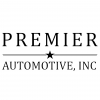
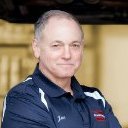
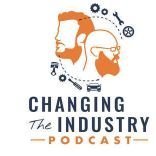



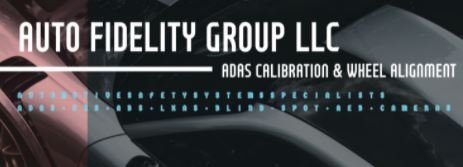



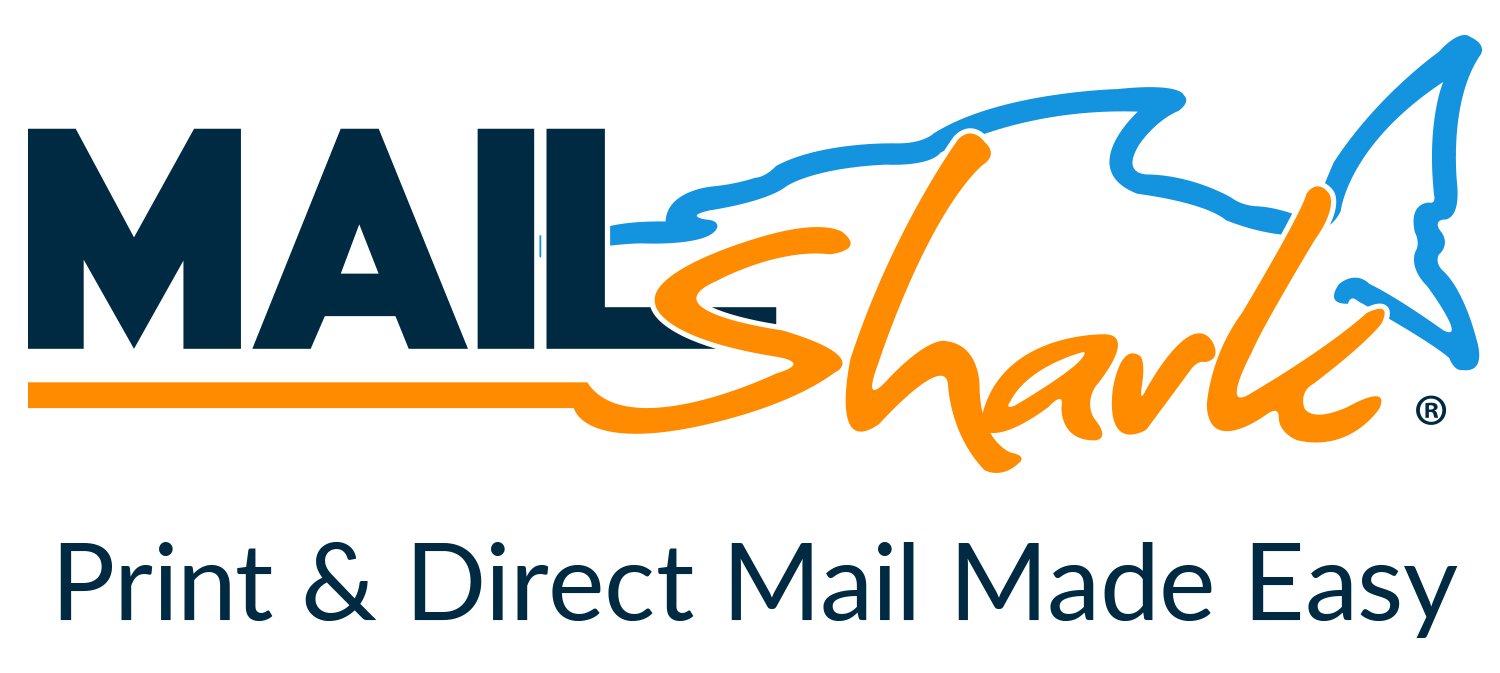



Recommended Posts
Create an account or sign in to comment
You need to be a member in order to leave a comment
Create an account
Sign up for a new account in our community. It's easy!
Register a new accountSign in
Already have an account? Sign in here.
Sign In Now